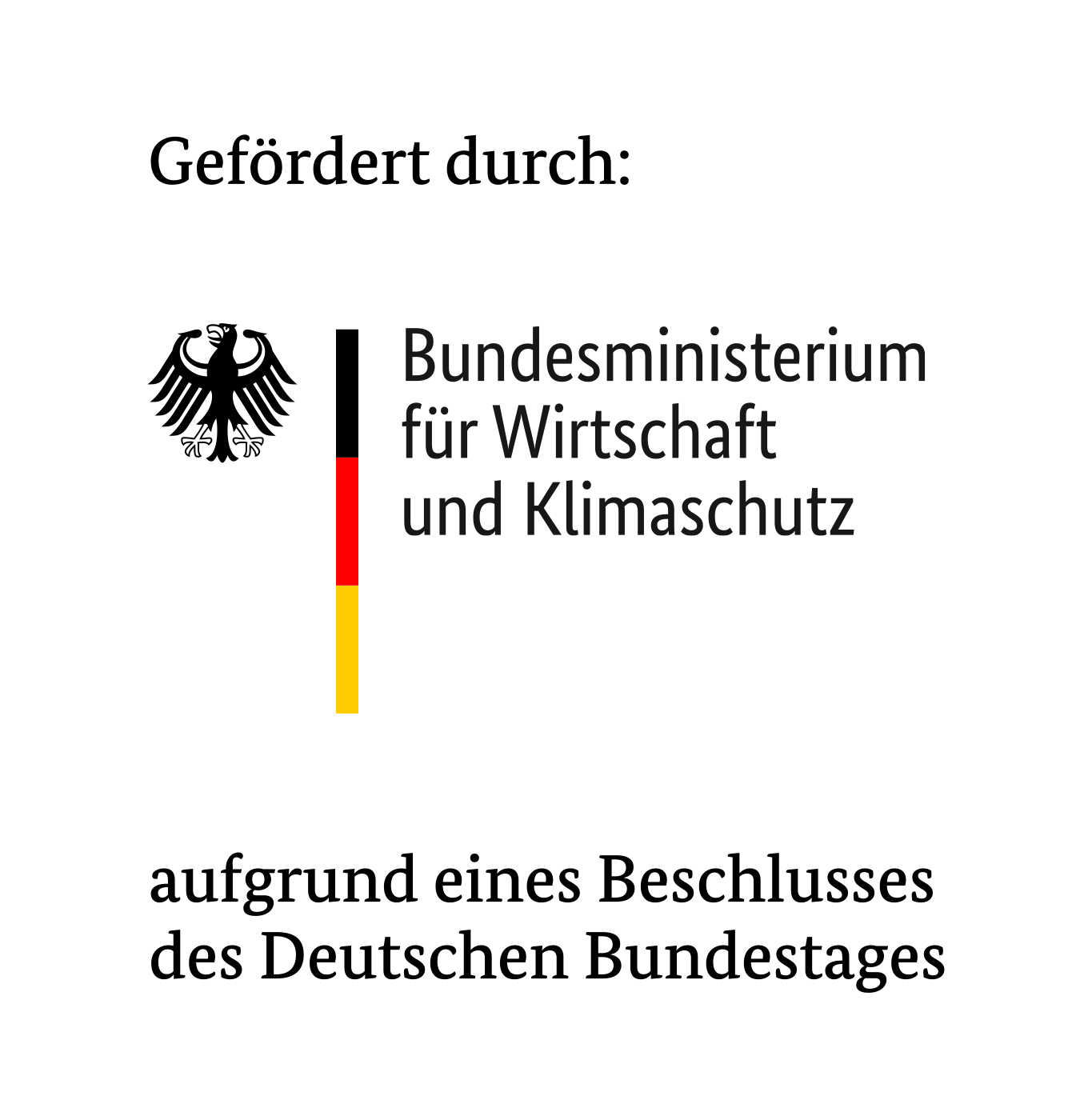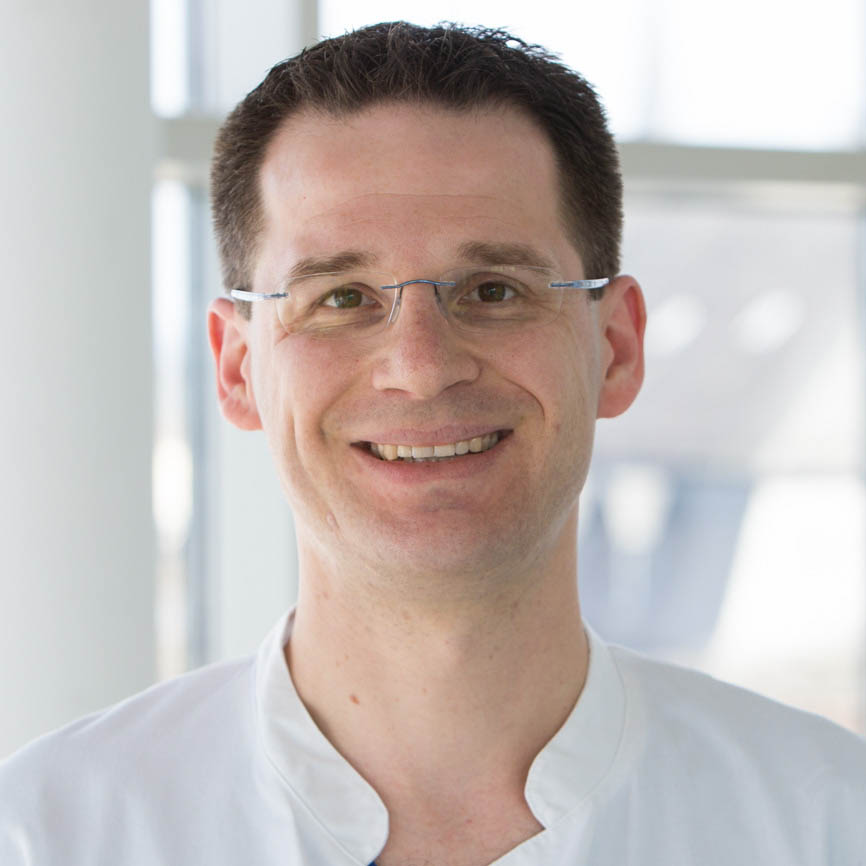“The day you discover lifestyle as medicine, you have found your fountain of youth.”
Our goal
Regardless of previous knowledge, every layperson should be able to become a professional for their own health.
Our history
How LiLo was born
I am working on a paper on lifestyle-based prevention of the diseases of aging. In the process, I come across the editorial “Patient, study thyself” in the journal BMC Medicine. Author Paul Wicks profiles Sara Riggare, a Swedish engineer. Diagnosed with Parkinson’s disease at just under 32, she begins studying medicine to learn how to treat herself. She uses the N-of-1 method to experiment on herself and discover what works for her. She pours her experiences and findings into an elaborate doctoral dissertation. Because of a missing ethics vote on the self-experiment, she is denied her doctorate. The Kafkaesque ethics bureaucracy is not new to me as a scientist. The N-of-1 method, surprisingly, is. Could it help lay people tap into personalized lifestyle medicine to avoid becoming patients in the first place? Without having to study medicine, without misplaced ethics dictates, without quasi-religious dietary bureaucracy? Simply discover for yourself what suits your own genetic makeup? My gut feeling tells me that I have stumbled upon something exciting. I’ll have to research that.
My literature research on N-of-1 is finished. The fascinating finding: Although legitimized by the EMA (European Medicines Agency) as well as by the American FDA as a gold standard method, N-of-1 lies dormant in medicine. No one has yet kissed it awake. Probably because it is not at all trivial, because it is too costly for clinical practice, and because the idea of the layman treating himself is anathema to the guardians of the grail of medicine. There must be a solution for this!
I am talking with my partners, with N-of-1 experts and colleagues about the idea of a digital assistant for individualized lay-appropriate deceleration of vascular aging. What we need is more N-of-1 expertise, an affordable “medical-grade” mHealth device for reliable pulse wave velocity (PWV) measurement, and a suitable IT architecture.
I am participating in the symposium “Small is beautiful {again}” at the University of Leuven in Belgium. The community is still small, but the expertise is gigantic. And I talk to the company Withings about their WLAN scale, which also measures PWV.
My long-time friends and partners, Moritz Gmelin and Pascal Bauer, catch fire for the idea. Moritz is ready to implement it on the IT architecture of the electronic patient record he developed. Pascal, as a passionate preventive physician becomes our medical conscience and clinical advisor.
We outline our project idea and apply for funding from the IGP program of the Federal Ministry for Economic Affairs and Energy. We name our project LiLo – Lifestylelotse (lifestyle pilot)
The BMWi grants the funding commitment. LiLo is born.
We built the architecture for LiLo, programmed the algorithms for the N-of-1 evaluations, and developed the formula for calculating the rate of biological aging from Withings measurements.
A renowned German manufacturer of clinical blood pressure measurement devices approaches us. This is because its latest development will realize the derivation of PWV from a completely normal blood pressure measurement. We start with the integration of LiLo into the manufacturer’s device world.
The first test persons are on the road with LiLo. LiLo is not yet perfect, but it is convincing in the beta test. An incredible feeling.
Our history
How LiLo was born
Dec. 2020
I am working on a paper on lifestyle-based prevention of the diseases of aging. In the process, I come across the editorial “Patient, study thyself” in the journal BMC Medicine. Author Paul Wicks profiles Sara Riggare, a Swedish engineer. Diagnosed with Parkinson’s disease at just under 32, she begins studying medicine to learn how to treat herself. She uses the N-of-1 method to experiment on herself and discover what works for her. She pours her experiences and findings into an elaborate doctoral dissertation. Because of a missing ethics vote on the self-experiment, she is denied her doctorate. The Kafkaesque ethics bureaucracy is not new to me as a scientist. The N-of-1 method, surprisingly, is. Could it help lay people tap into personalized lifestyle medicine to avoid becoming patients in the first place? Without having to study medicine, without misplaced ethics dictates, without quasi-religious dietary bureaucracy? Simply discover for yourself what suits your own genetic makeup? My gut feeling tells me that I have stumbled upon something exciting. I’ll have to research that.
Feb. 2021
My literature research on N-of-1 is finished. The fascinating finding: Although legitimized by the EMA (European Medicines Agency) as well as by the American FDA as a gold standard method, N-of-1 lies dormant in medicine. No one has yet kissed it awake. Probably because it is not at all trivial, because it is too costly for clinical practice, and because the idea of the layman treating himself is anathema to the guardians of the grail of medicine. There must be a solution for this!
Mar. 2021
I am talking with my partners, with N-of-1 experts and colleagues about the idea of a digital assistant for individualized lay-appropriate deceleration of vascular aging. What we need is more N-of-1 expertise, an affordable “medical-grade” mHealth device for reliable pulse wave velocity (PWV) measurement, and a suitable IT architecture.
Apr. 2021
I am participating in the symposium “Small is beautiful {again}” at the University of Leuven in Belgium. The community is still small, but the expertise is gigantic. And I talk to the company Withings about their WLAN scale, which also measures PWV.
May 2021
My long-time friends and partners, Moritz Gmelin and Pascal Bauer, catch fire for the idea. Moritz is ready to implement it on the IT architecture of the electronic patient record he developed. Pascal, as a passionate preventive physician becomes our medical conscience and clinical advisor.
Jun. 2021
We outline our project idea and apply for funding from the IGP program of the Federal Ministry for Economic Affairs and Energy. We name our project LiLo – Lifestylelotse (lifestyle pilot)
Sep. 2021
The BMWi grants the funding commitment. LiLo is born.
Aug. 2022
We built the architecture for LiLo, programmed the algorithms for the N-of-1 evaluations, and developed the formula for calculating the rate of biological aging from Withings measurements.
Oct. 2022
A renowned German manufacturer of clinical blood pressure measurement devices approaches us. This is because its latest development will realize the derivation of PWV from a completely normal blood pressure measurement. We start with the integration of LiLo into the manufacturer’s device world.
Dec. 2022
The first test persons are on the road with LiLo. LiLo is not yet perfect, but it is convincing in the beta test. An incredible feeling.
Who we are
Small team, lots of expertise, great passion
Dr. Lutz E. Kraushaar
- Passionate health scientist
- Conducts research and development of diagnostics and procedures to decelerate vascular aging for more than 15 years.
- Passionate Harley rider
Dipl. computer scientist Moritz Gmelin
- Gifted IT developer and successful founder
- Steely Ironman competitor
PD Dr. med. Pascal Bauer
- thoroughbred preventive physician with specialist licenses in sports cardiology, angiology, nutritional medicine
- charismatic handball doctor
Our goal
We want to inspire people
On board




